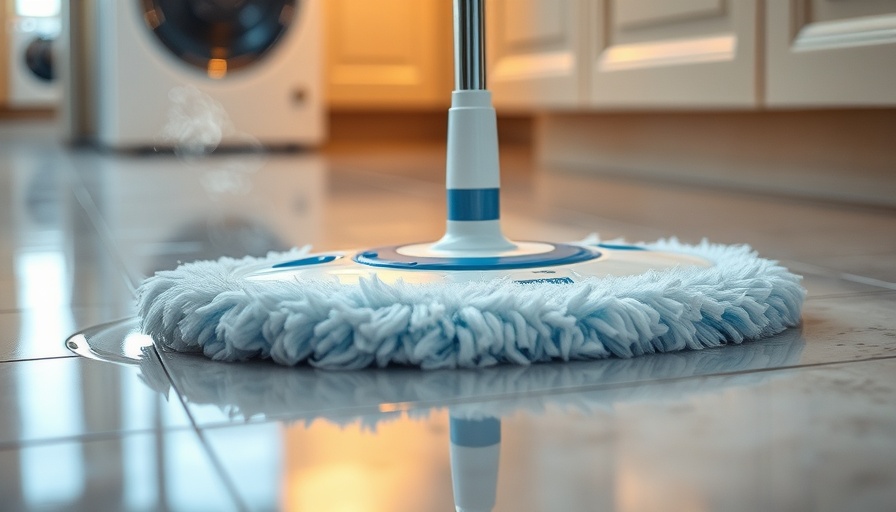
Understanding Your NDIS Plan: Unlocking Opportunities
Navigating the National Disability Insurance Scheme (NDIS) can often feel daunting, but having a clear grasp of your NDIS plan transforms that experience into one of empowerment. This guide offers concise steps on how to read and utilize your NDIS plan effectively, ensuring you maximize the support available to you.
What is Your NDIS Plan?
Your NDIS plan is a customized document that emerges from discussions during your planning meeting with the National Disability Insurance Agency (NDIA). It encapsulates your aspirations, the supports you qualify for, and your allocated funding across various categories. Think of it as your personalized roadmap leading you towards enhanced independence and a better quality of life.
Key Components of Your NDIS Plan
The structure of your NDIS plan consists of several essential segments that you need to understand:
- Participant Statement: This section offers an overview that includes your personal circumstances, the nature of your disability, daily routines, and your support network.
- Goals: Listed here are your immediate and future aspirations, from enhancing communication skills to pursuing employment. Funding is earmarked to help you reach these ambitions.
- Supports: This is the heart of your plan, delineating your budget across core supports for daily assistance, capacity building for skill enhancement, and capital supports for necessary equipment.
Utilizing Your Funding Wisely
The ability to navigate through your budget is crucial. While some supports come with flexibility, others may be tied to specific services or items.
It’s essential to classify the management of your plan as either NDIA-managed, plan-managed, or self-managed, each presenting unique responsibilities and flexibility levels.
Effective Reading Tips for Your NDIS Plan
Here are some practical tips for efficiently reading your NDIS plan:
- Highlight key goals and align your services accordingly for a streamlined approach.
- Keep track of which supports are flexible versus fixed, as this will guide your expenditure.
- Mark the plan's duration, typically set for 12 months, and prepare for review dates in advance.
- Don’t hesitate to seek assistance from Local Area Coordinators (LACs) or advocacy organizations if clarification is needed.
Make the Most of Your NDIS Plan
Your NDIS plan serves not just as a document but as a launchpad towards your personal goals and aspirations. By understanding how to maximize this crucial resource, you take an essential step towards living the life you choose.
 Add Row
Add Row  Add
Add 



Write A Comment